The Forgotten Giant of the Miocene
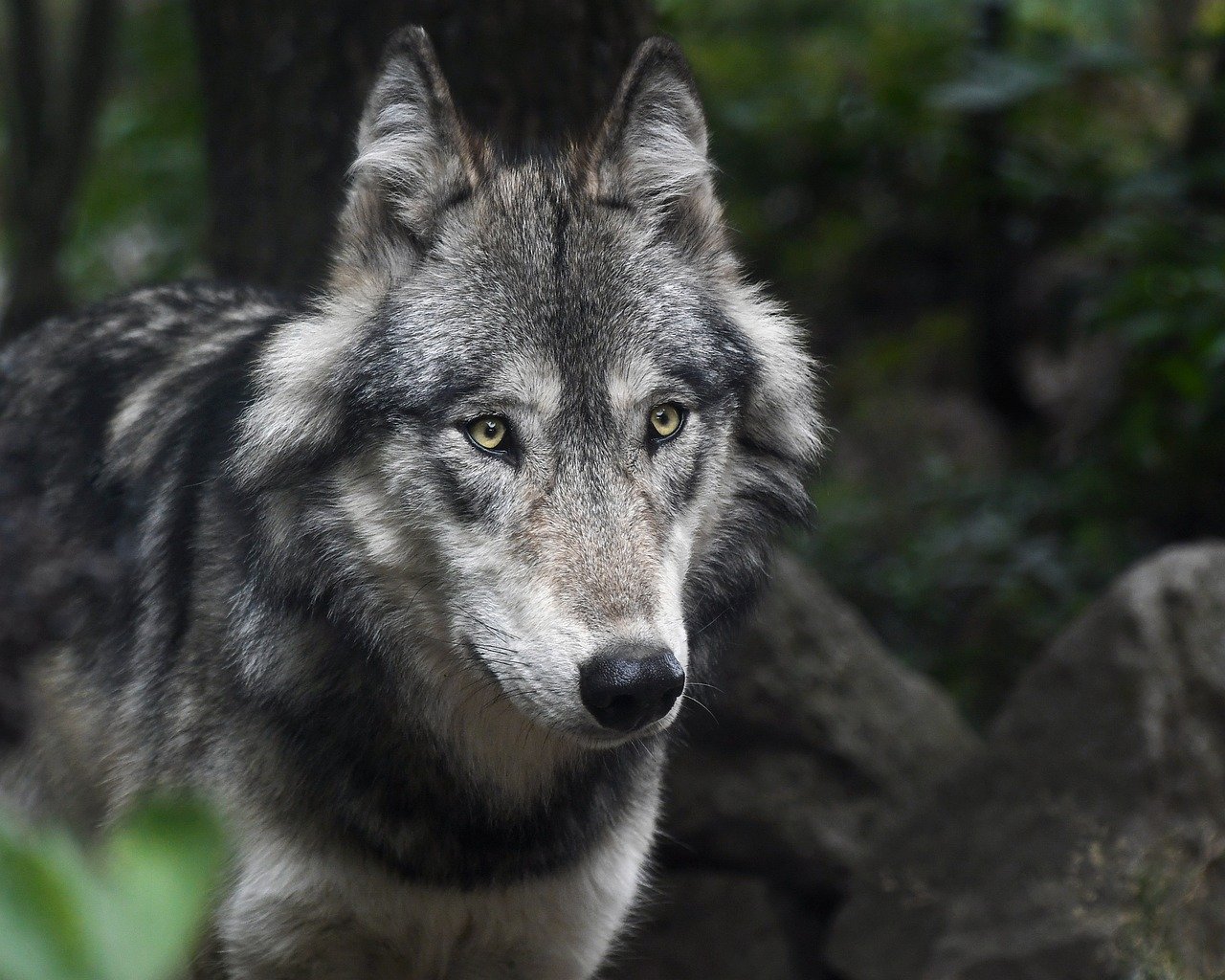
Long before the famous saber-toothed cats roamed the earth, a massive predator called Machairodus dominated the prehistoric landscape. This incredible feline lived between 15 to 2 million years ago, making it one of the earliest true big cats in evolutionary history.
Standing nearly four feet tall at the shoulder, Machairodus was built like a powerhouse. Its muscular frame and robust limbs made it perfectly adapted for taking down large prey across the ancient grasslands and forests of Europe, Asia, and Africa.
Teeth That Tell a Story
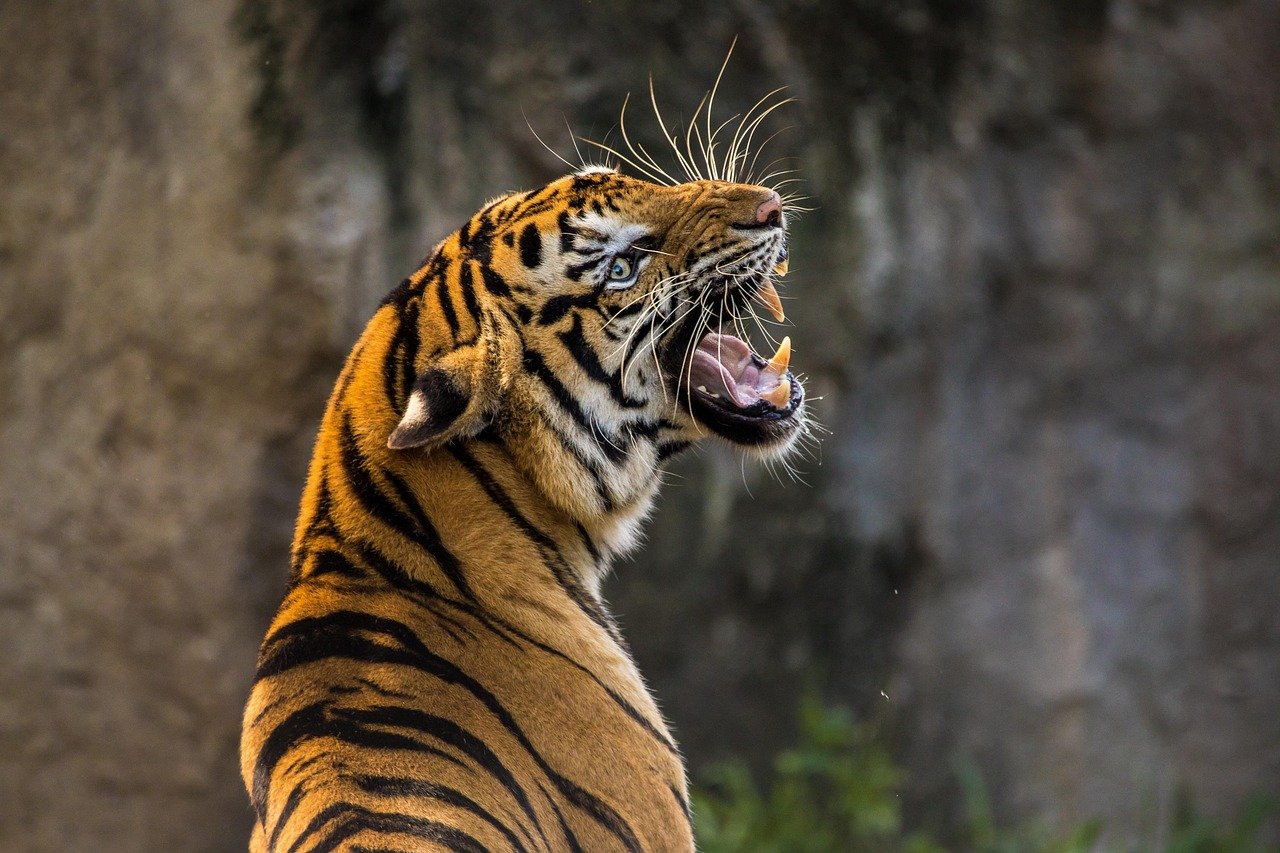
While not as dramatically elongated as later saber-tooth species, Machairodus possessed impressive canine teeth that were flattened and razor-sharp. These deadly weapons could slice through thick hide and muscle with devastating efficiency.
The unique shape of its teeth reveals hunting strategies that combined both stabbing and slicing motions. Unlike modern big cats that rely primarily on crushing bites, Machairodus was nature’s first precision blade, setting the stage for even more specialized descendants.
Built for the Hunt

Machairodus had a body designed for power rather than speed. Its front legs were incredibly strong, equipped with massive shoulder muscles that could deliver bone-crushing blows to struggling prey.
The cat’s relatively short tail and stocky build suggest it was an ambush predator rather than a pursuit hunter. Picture a lion-sized cat with the build of a bodybuilder, perfectly engineered for explosive attacks from hidden positions.
The Original Mega-Predator
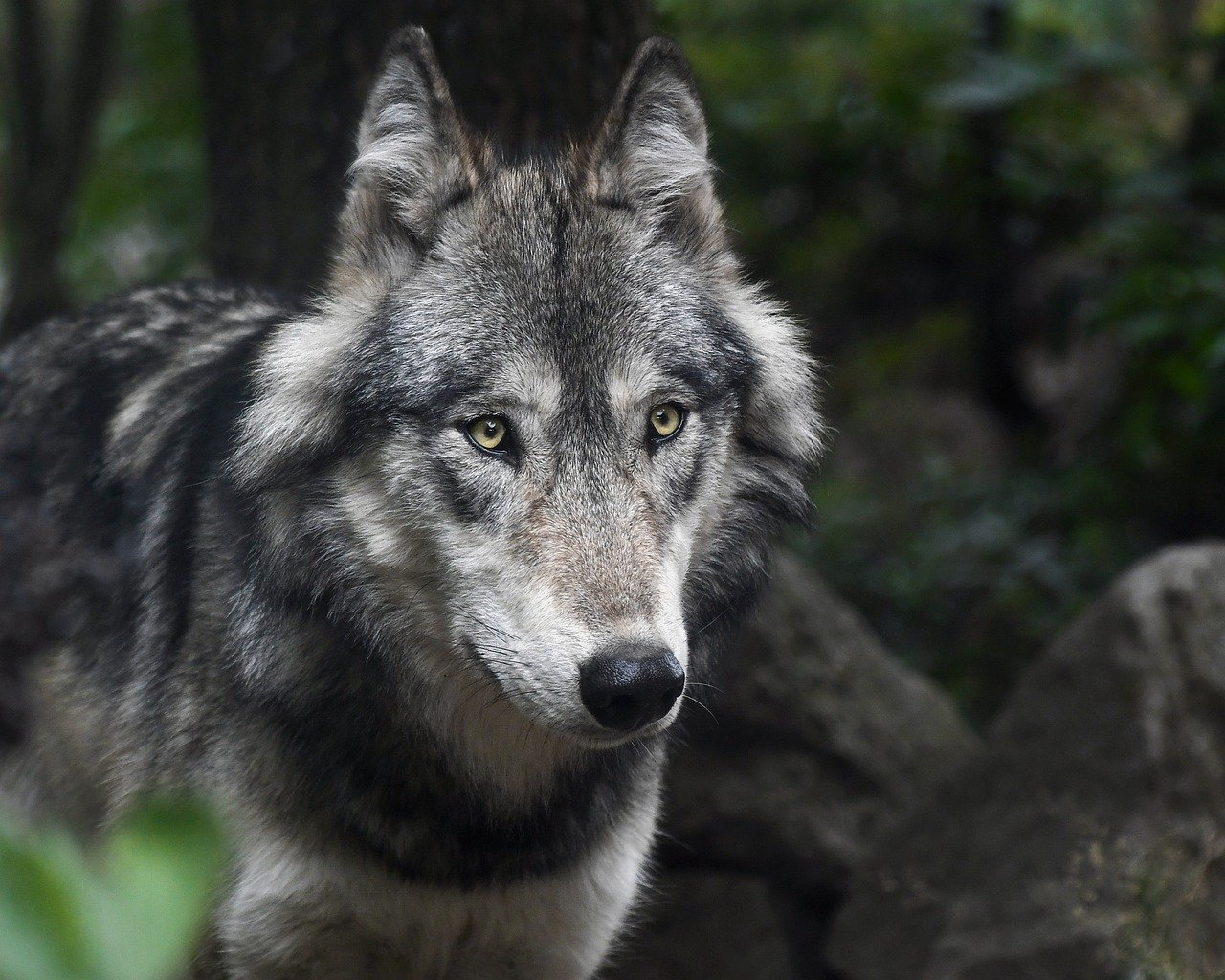
During its reign, Machairodus was one of the largest land predators on Earth. Some specimens reached lengths of over eight feet, rivaling modern tigers in size but exceeding them in raw muscle mass.
This prehistoric giant shared its world with early elephants, primitive horses, and massive ground sloths. The fossil evidence suggests it was the apex predator of its time, sitting comfortably at the top of the food chain across multiple continents.
A Hunter’s Paradise
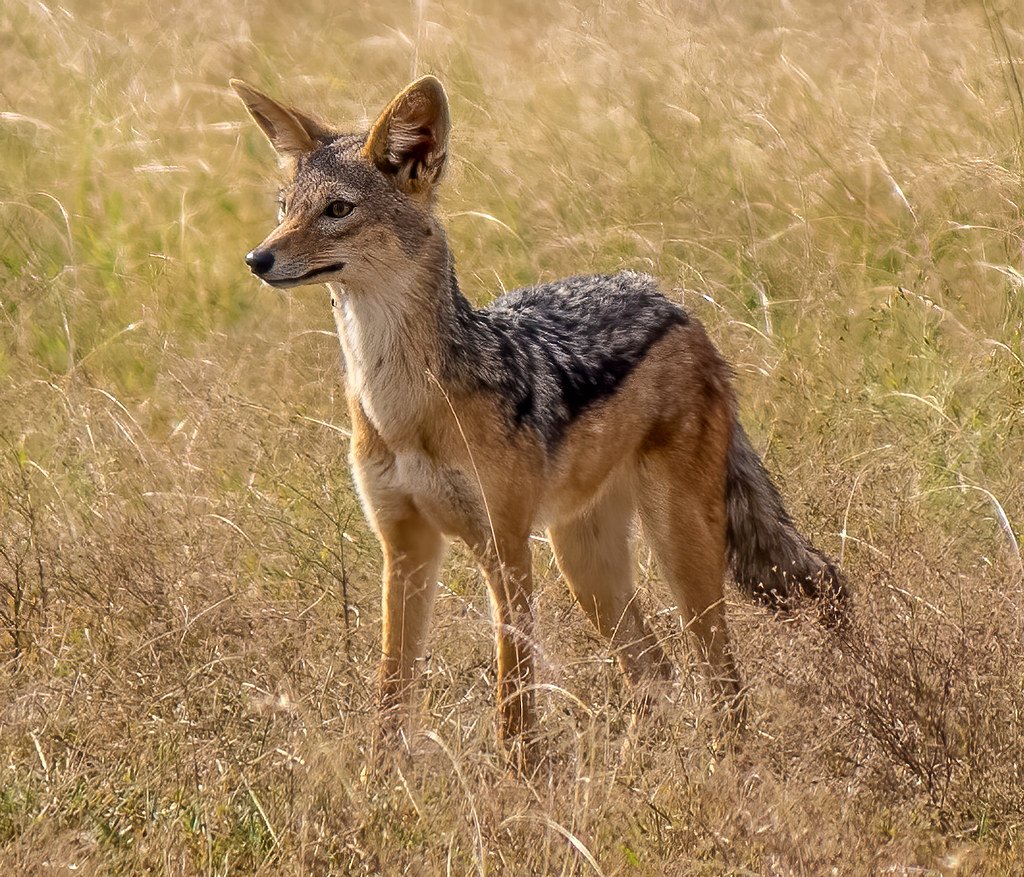
The world of Machairodus was vastly different from today’s landscape. Dense forests gave way to expanding grasslands, creating ideal hunting grounds for this powerful predator.
Herds of ancient ungulates provided abundant prey, while the lack of other large carnivores meant Machairodus faced little competition. This prehistoric cat lived in what could only be described as a hunter’s paradise, with food sources that modern big cats could only dream of.
Social or Solitary?

Recent fossil discoveries suggest Machairodus may have been more social than previously thought. Multiple specimens found in close proximity hint at possible pack-hunting behaviors or at least tolerance of other individuals.
This social structure would have made them even more formidable predators, capable of taking down prey much larger than themselves. Imagine a coordinated attack by several of these massive cats working together like a prehistoric wolf pack.
The First Saber-Tooth Dynasty

Machairodus represents the beginning of the saber-tooth evolutionary line that would eventually produce the famous Smilodon. Its dental adaptations were the first successful experiment in specialized killing teeth among big cats.
The success of this body plan and hunting strategy influenced feline evolution for millions of years. Every subsequent saber-toothed cat can trace its lineage back to these pioneering predators of the Miocene epoch.
Masters of Multiple Continents
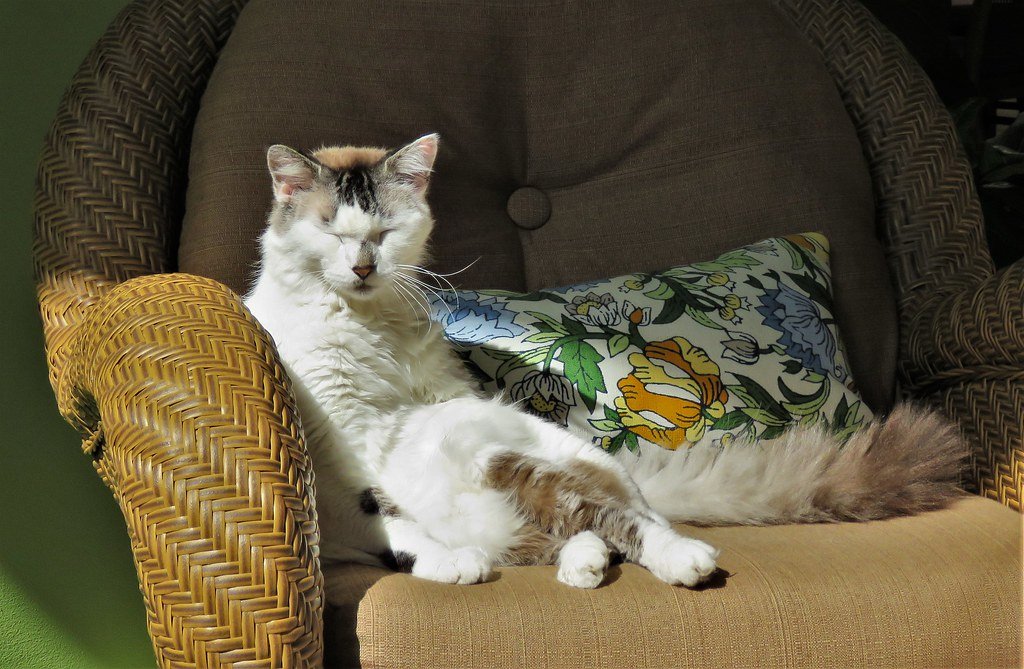
Unlike many prehistoric species limited to specific regions, Machairodus fossils have been discovered across Europe, Asia, and Africa. This wide distribution speaks to the cat’s remarkable adaptability and hunting success.
From the grasslands of ancient Spain to the forests of early China, these cats proved they could thrive in diverse environments. Their fossil remains tell a story of one of the most successful big cat species in Earth’s history.
Built-in Weapons Arsenal
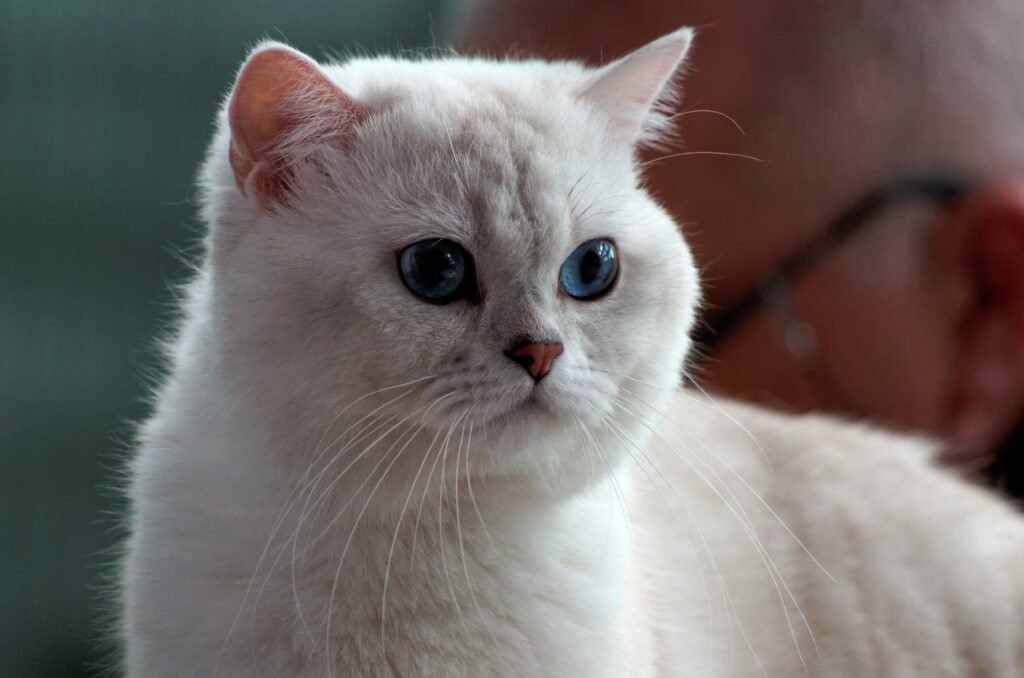
Beyond their impressive teeth, Machairodus possessed retractable claws that could extend up to four inches in length. These curved daggers were perfect for grappling with large prey and maintaining grip during attacks.
The combination of powerful jaws, razor-sharp teeth, and massive claws made Machairodus a walking arsenal. No prey animal was safe from this prehistoric killing machine, which dominated food webs wherever it appeared.
The Mystery of Their Disappearance

Despite their success spanning millions of years, Machairodus eventually vanished from the fossil record around 2 million years ago. Climate change and competition from other predators likely contributed to their decline.
The cooling temperatures of the Pliocene epoch transformed their preferred habitats, while new predator species emerged to challenge their dominance. Their extinction paved the way for the rise of their more famous saber-toothed descendants.
Living Fossils in Our Midst
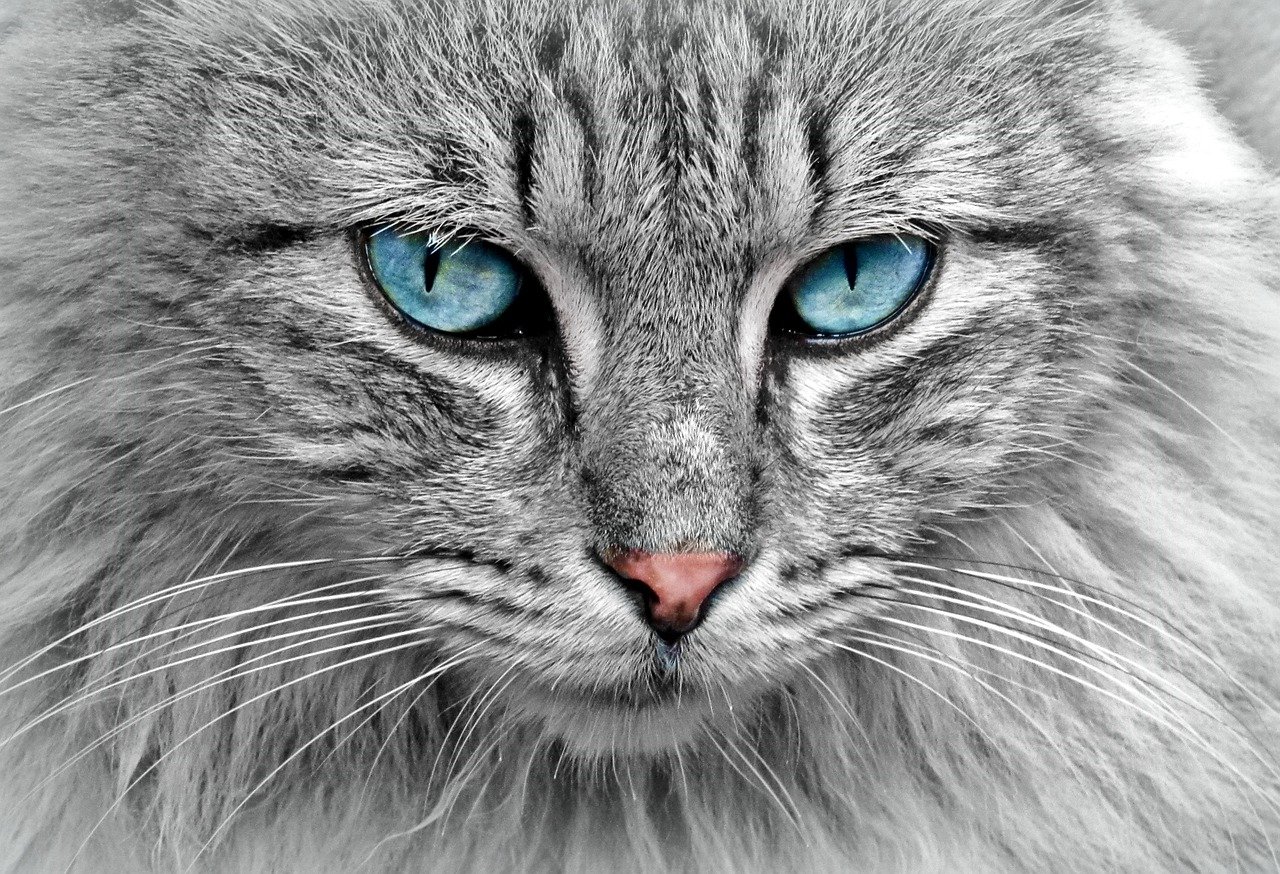
While Machairodus is long extinct, its genetic legacy lives on in modern big cats. DNA analysis reveals that today’s lions, tigers, and leopards all carry traces of this ancient predator in their genes.
Looking at a modern lion’s powerful build and hunting instincts, we can glimpse echoes of Machairodus. The same predatory intelligence and physical adaptations that made these prehistoric cats successful continue to serve their descendants today.
Rewriting Prehistoric History
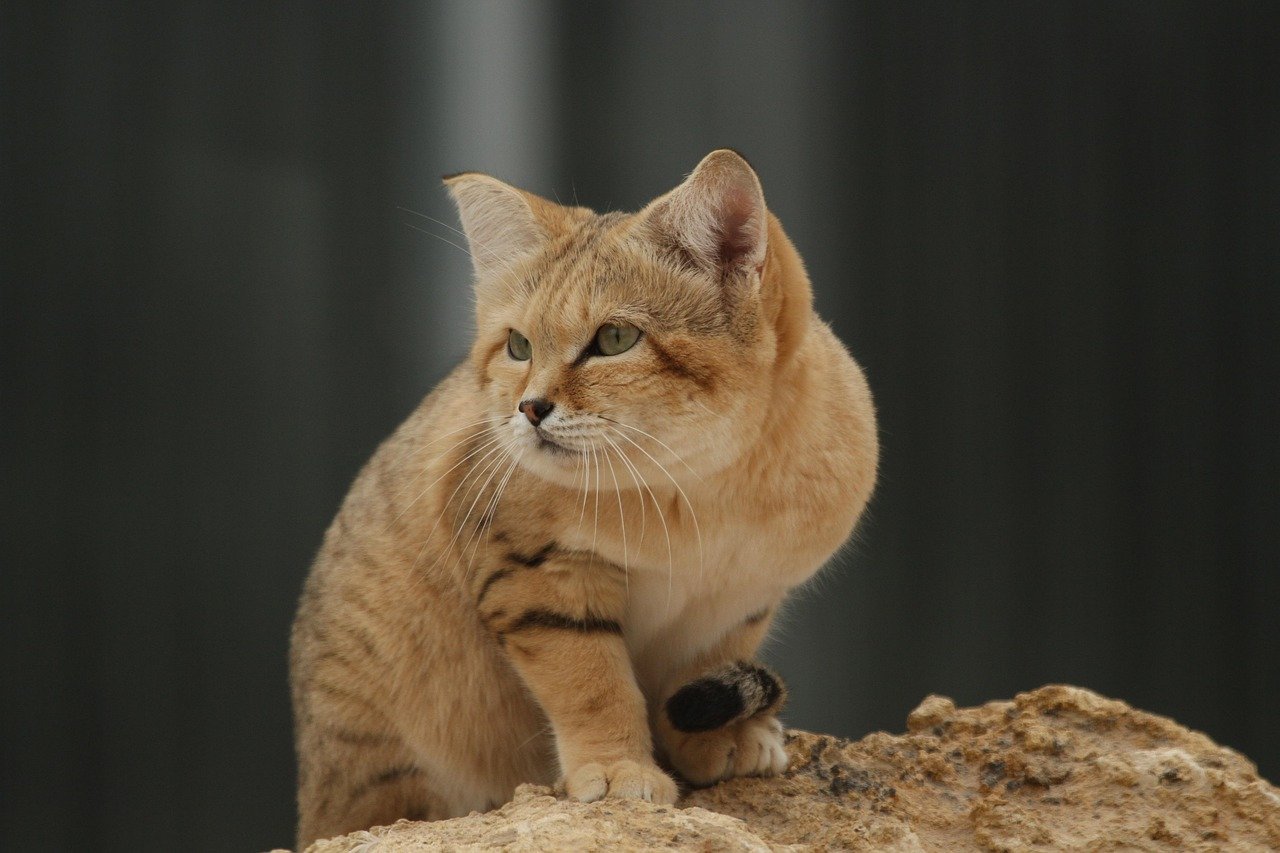
Recent paleontological discoveries have forced scientists to reconsider the timeline of big cat evolution. Machairodus fossils keep pushing back the date when large, specialized feline predators first appeared on Earth.
Each new discovery reveals more about these remarkable cats and their role in shaping prehistoric ecosystems. They weren’t just another extinct species – they were evolutionary pioneers that established the template for millions of years of feline success.
The Ultimate Prehistoric Predator
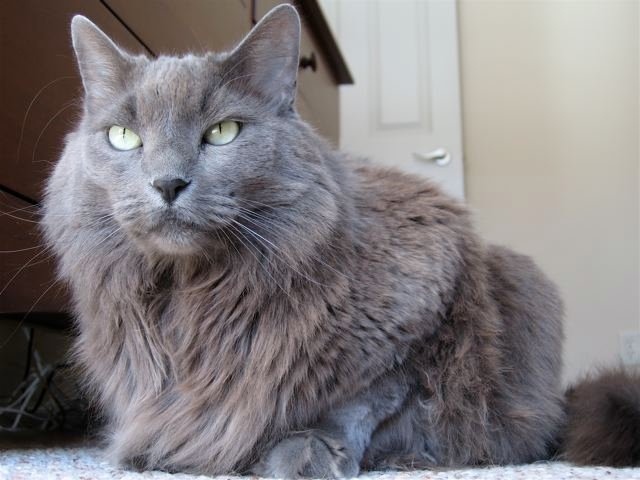
What made Machairodus truly special wasn’t just its size or weapons, but its perfect adaptation to its environment. This was a predator that evolved exactly the right tools for its time and place in history.
Every aspect of its anatomy, from its muscular build to its specialized teeth, represented millions of years of natural selection fine-tuning the perfect killing machine. Machairodus didn’t just hunt – it redefined what it meant to be a predator.
A Legacy Written in Stone

The fossil record of Machairodus provides an incredibly detailed picture of prehistoric life. These well-preserved remains offer insights into ancient ecosystems and the evolution of predator-prey relationships.
Museums around the world display Machairodus fossils, allowing visitors to come face-to-face with one of prehistory’s most impressive predators. Standing before these ancient bones, it’s impossible not to feel a sense of awe at the raw power these cats once possessed.
The Cat That Changed Everything
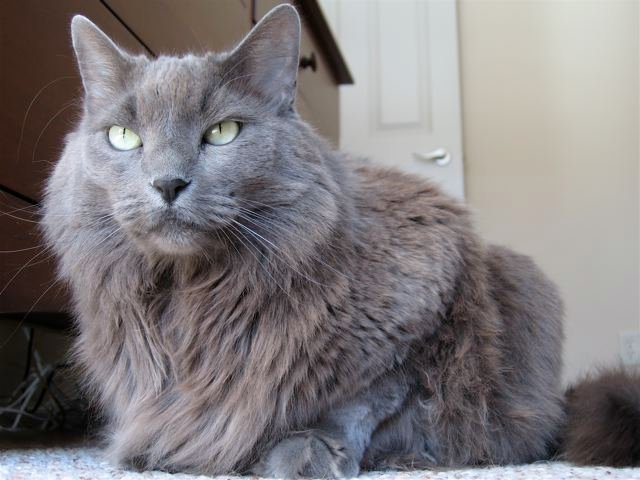
Machairodus represents a turning point in feline evolution and prehistoric ecology. Before these cats appeared, no predator had successfully combined such size, power, and specialized hunting adaptations.
Their success story demonstrates nature’s incredible ability to produce perfect predators through evolutionary processes. Machairodus wasn’t just another big cat – it was the prototype that proved large, specialized felines could dominate terrestrial ecosystems across multiple continents.
Looking at the fossil evidence today, it’s clear that Machairodus deserves recognition as one of prehistory’s most successful predators. These magnificent cats bridged the gap between early felines and the famous saber-toothed species that followed, proving that sometimes the most important evolutionary steps happen long before the spotlight arrives. What other prehistoric giants might be waiting in the fossil record to surprise us?
Hi, I’m Bola, a passionate writer and creative strategist with a knack for crafting compelling content that educates, inspires, and connects. Over the years, I’ve honed my skills across various writing fields, including content creation, copywriting, online course development, and video scriptwriting.
When I’m not at my desk, you’ll find me exploring new ideas, reading books, or brainstorming creative ways to solve challenges. I believe that words have the power to transform, and I’m here to help you leverage that power for success.
Thanks for stopping by, Keep coming to this website to checkout new articles form me. You’d always love it!






